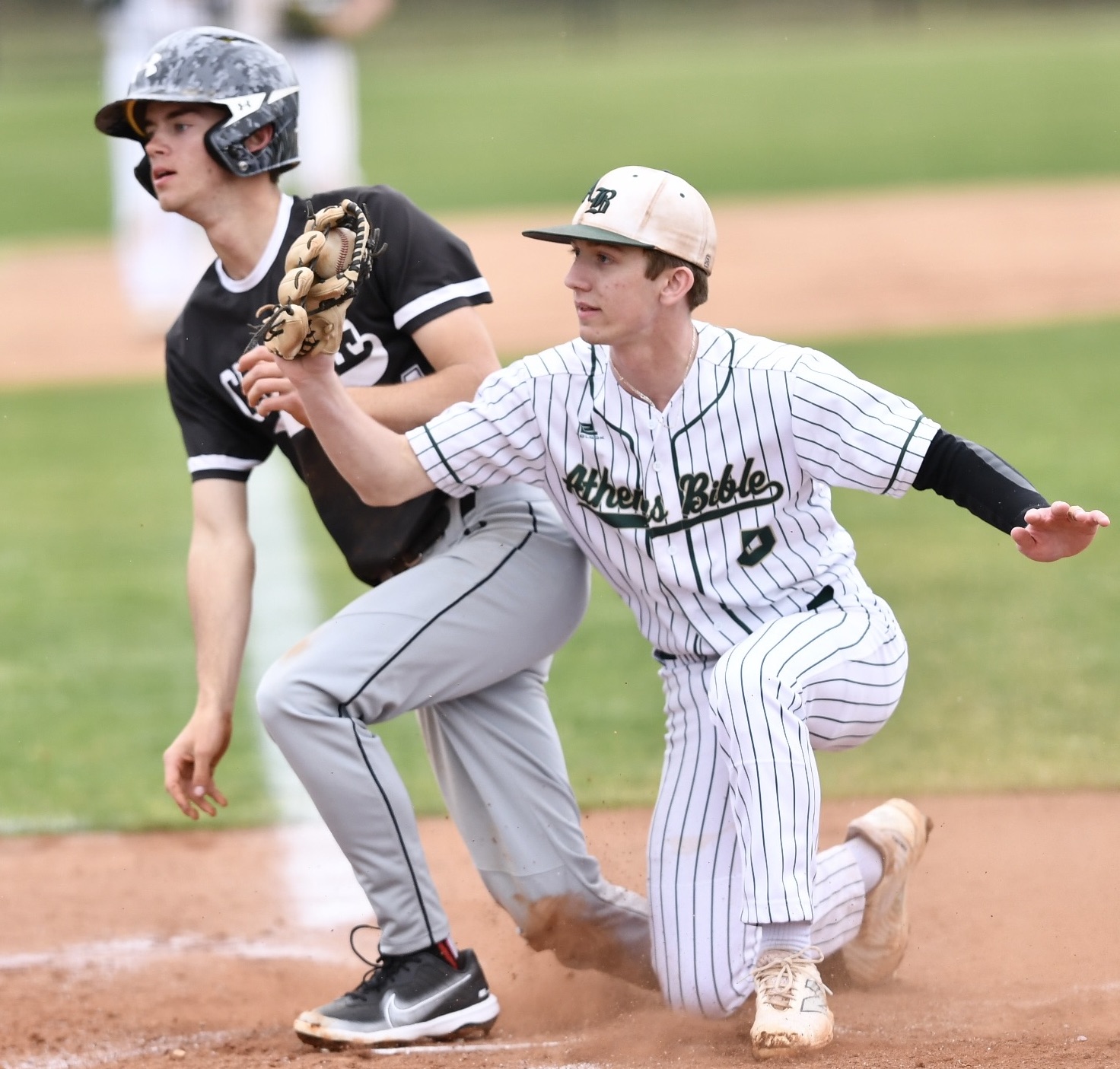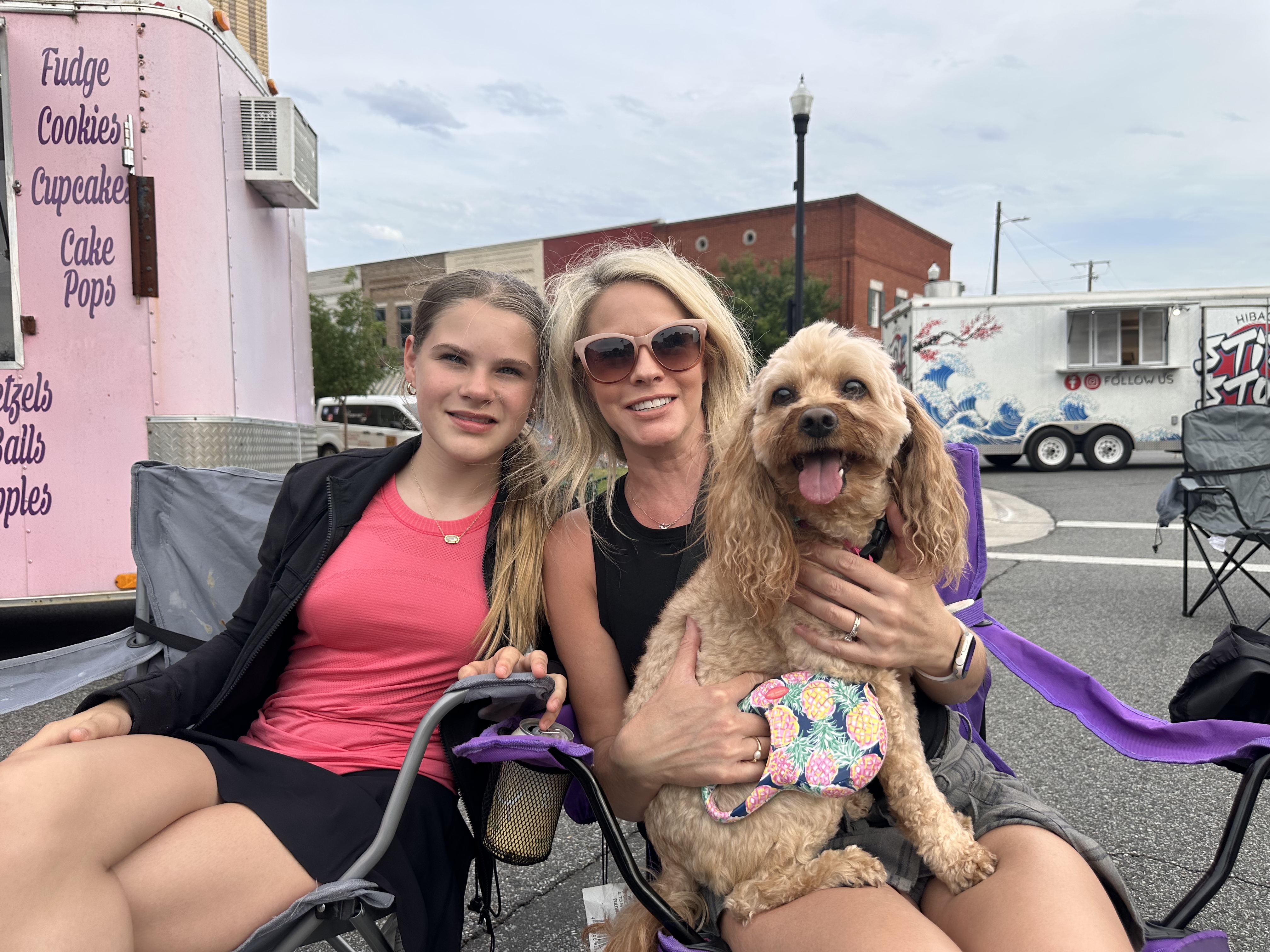Residents tell Council of ‘racial inequity’ in District 3
Published 5:00 am Saturday, July 3, 2021
Monday’s meeting of the City Council featured a lengthy agenda and ran for almost three hours, the longest since the events were first livestreamed on social media in March 2020.
The public comments and complaints section accounted for a third of that run time, as 11 separate residents came to the microphone to speak on issues they were concerned about in their neighborhood.
Each of the speakers was Black, and most spoke on issues within District 3. Issues included problems with roads, potholes, overgrown ditches, dilapidated buildings being torn down — or not being torn down— and a perceived lack of funds being spent on the district compared to other parts of the city.
Many members of the audience held up printed signs that read, “I support racial equity in District 3.”
Jimmy Gill Park
Resident David Malone said he had measured the basketball court being built as part of the new Jimmy Gill Park on Hine Street and found it to be 15 feet shorter than what was on the facility’s plans.
“There is enough room for that 15 feet to be added going north,” he said. “We don’t want to be cut short of anything that’s in the plans. I ask you, as a Council, that you see to it those 15 feet are added to that basketball court. If you don’t, that means the plans are not good, and plans are to follow, if I’m not mistaken.”
Mayor Ronnie Marks told Malone he was correct that the plans read as such, but an internal decision was made by the City to shorten the basketball court to a junior size in order to make room for a larger pavilion that he said was requested by the city’s Cemeteries, Parks and Recreation Department.
“We have about eight courts at Lincoln-Bridgeforth Park that quite honestly aren’t being used very much,” Marks said. “We can look at the additional 15 feet, but when we rent those parks, we hear over and over again how much pavilion space we need. That area of Jimmy Gill Park is bigger and nicer than it ever was. Nobody is cutting anybody short.”
“We want you to follow the plan,” Malone said.
Miller Public School
Another issue brought up by Malone and resident Laverne Gilbert concerned Miller Public School, once an elementary school for Black students that fed into Trinity School. Each questioned why the property, which they said has been an eyesore and run down for years, has not been marked for demolition.
“I started school in Miller School in 1952,” Malone said. “A little work was done in the 1950s, but nothing since. It’s been vacant for 50-plus years, and Laverne Gilbert showed you all pictures of it. This is a problem.”
He said the city condemned a nearby house, passed by Miller and condemned another nearby house.
“They are all in District 3, and they all should have been condemned,” Malone said. “That building is too old to be left standing. It is an act of discrimination to do that — to condemn a house owned by a Black person on Westmoreland (Avenue), bypass a school belonging to a white person and go out and condemn another house in the same district belonging to a Black person. There is no way in the world that is fair.”
Gilbert said there is a city ordinance defining what constitutes a nuisance property, and she questioned why this ordinance seemingly did not apply to Miller.
“Does this property have some other city ordinance?” she said.
Athens Building Inspector Erik Waddell was asked to explain the process. He said it is complaint-driven.
“I don’t go target people. … We have a legal process,” Waddell said. “I have a checklist, and we go through it. The owner of a property has the right to make repairs on things we find. The owner of Miller uses it for storage, and the roof is leaking, but it is not falling in. I have told the owner to make corrections to the outside of the property and focus on visible streets first.”
Malone said the City should “do the right thing” and condemn the Miller building.
“I don’t know what the citizens of District 3 will have to do, but this thing needs to be taken care of,” he said. “(Those houses) needed condemned, but so did Miller School. It shouldn’t make a difference who the property belongs to.”
Other issues
Resident Debra Wood requested speed bumps near her residence on Montreat Drive. She said there are stop signs nearby, but “police run the stop signs, drug addicts run the stop signs, prostitutes run the stop signs, and people come down the street on four-wheelers.”
Resident Melody Brown said her home on Brownsferry Street was condemned because of a fire and later torn down while she lived out of state. She said she did not have the resources at the time, but the City sent her a bill for $20,000 after the demolition.
“There is a tax lien on me now, which I’ve been told was sold to the state,” she said. “It’s just another way to make sure I won’t get the property back. … Why is it so important for some houses to be torn down and not others?”
The last of the speakers was Diane Steele, who read a prepared statement on behalf of the Limestone County NAACP. She said the group’s mission is to “ensure the political, educational, social and economic equality of all citizens.”
“Therefore, we have a concern in the matter of District 3,” she said. “I want you all to take what is going on very seriously tonight. District 3 is crying out. My hat’s off to our community for standing up. Maybe we haven’t stood enough, because tonight is very troubling, what we are listening to.”
Steele said there is “(pervasive) inequity relative to District 3.”
“There is a tendency to minimize the concerns coming from District 3 residents,” she said. “There is evidence that District 3 has been ignored, compared to other districts, and double-standard practices are widely used. It depends on who you are and/or who you know. In many instances, residents are given misleading information when seeking answers and even asked to do unrelated unnecessary things to have services afforded to others.”
Steele said city leaders are finding funding for projects in other districts but making “funding excuses” for District 3. She said the “long-term inequity” of District 3 has resulted in a lesser quality of life for its residents.
“The residents of District 3 want nothing more from you than what you want in your neighborhoods and communities,” she said. “They want to enjoy safe, clean, well-maintained environments and a place for them and their children to thrive and grow. Are we going to have to bring outside agencies in for investigations and possibly lawsuits before we get resolve?”
City response
When asked if he felt there was racial inequity in District 3, Marks said, “Absolutely not.”
“I would hope none of us would stand for any inequity in any area,” he said. “Is there room to improve on? Certainly, there is, and we will take under advisement any of the concerns and complaints that were brought to us tonight. We will look at it with our Public Works Department and others, and if there is (inequity), it will be corrected. If the citizens feel that way, there is a perception issue or a real issue that we have to address, so that’s what we’ll do.”
Council member Frank Travis, who represents of District 3 and is the Council’s lone Black member, said he feels like there are “pockets of racism in all places,” given the current political and social environment found in the nation.
“I think there are racial issues that need to be addressed that can be addressed in every district, and District 3 is not exempt from that,” Travis said. “Does that mean people in District 3 don’t have the same access and privileges other districts have? They do. They have the same privileges that other districts have.”
Travis said he does not feel there is racial inequity in his district compared to the others.
“Most people that were here tonight look at District 3 mainly as Coleman Hill, Plato Jones, Brownsferry Street,” he said. “District 3 takes in Platts Landing, Houston Place, Cotton Club Estates. We have a very diverse and large area of people, and people in every district in the city have issues that we try to resolve for them. Economically, they are on par with anybody else. There are pockets all over the city that have problems, but if all you see is outside your own window, then you don’t see the rest of it.”





